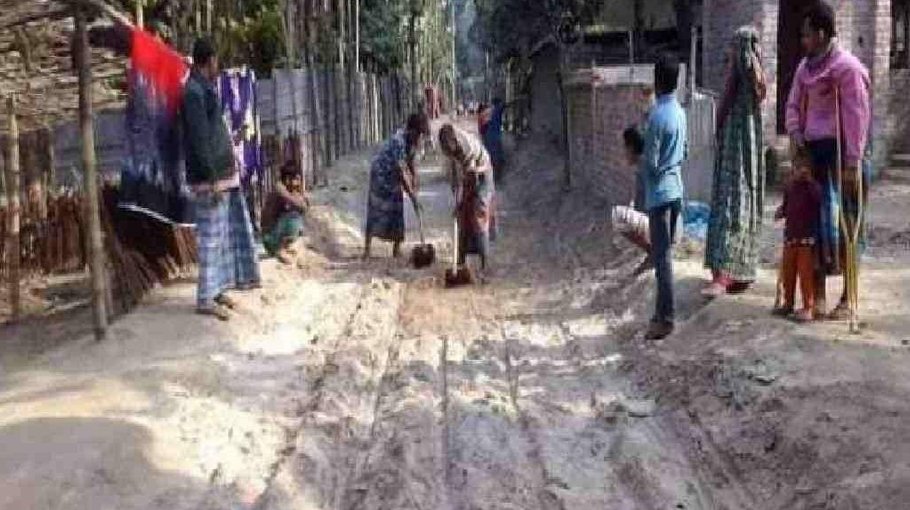Villages with modern facilities to lead economic boost

The country will need to accelerate structural transformation of the economy by building strong industrial and manufacturing sectors if it wishes to become a higher middle income country by 2031.
"To maintain its position among the developing countries and become a higher middle income country by 2031, we will need strong industrial and manufacturing sector, which will help maintain high economic growth. For this, we will need to accelerate the structural transformation of the economy," according to an official Financial Ministry document.
It said that the country has been gradually moving from an agro-based economy to a manufacturing-based economy as a result of the pursuit of effective government policies and action plans during the last 12 years.
Therefore, it said, the contribution of agriculture to the GDP has been gradually declining and the desired structural transformation is taking place in the economy.
Bangladesh has already qualified for graduation from the list of Least Developed Countries to a developing, or lower middle-income country.
According to the United Nations Capital Development Fund (UNCDF) recommendation, Bangladesh's transition will be effective in 2026. It means until 2026, Bangladesh will be able to enjoy all the benefits applicable to LDCs.
However, under the current rules, Bangladesh will be able to enjoy duty-free and quota-free market access for another three years, i.e. until 2029, to overseas markets that offer favourable trade terms to LDCs.
The document said that in future the government will give priority to accelerating the structural transformation of the economy.
To this end, the government will provide necessary financial assistance for the implementation of some activities that aid this transformation.
These are-- mechanisation of agriculture, development of the agro-processing sector, skill development and productivity enhancement, expansion of training and education related to 4th industrial revolution, encouragement of online-based outsourcing work, self-employment/creation of new entrepreneurs and encouragement of basic and practical research at the university level.
Economy of Bangladesh is going through a continuous structural transformation through gradually increasing share of industry, specially the manufacturing sub-sector, and decreasing share of agriculture in total production, the document added.
In the annual GDP the share of the service sector is the highest, although in the last one decade its contribution has been continuously sliding down.
The national plans aim at transformation of the rural agrarian economy into a digitalised one with solid industrial base.
At the same time, the concept of 'My Village, My Town' has been taken up to equip the villages with urban facilities, especially through establishing ICT and digital communication infrastructures, and improved education and healthcare.
As a pilot, 15 model villages have been selected, which will be equipped with town-like modern facilities.
The "My Village, My Town" project will include road communication, telecommunication including Internet connectivity, health centres and sanitation and waste management among other targets.
Experience gathered from the pilot programme is expected to facilitate the expansion of modern civic amenities in other villages of the country.
Eight of the 15 model villages will be in eight divisions of the country.
The remaining seven will be in the haor, coastal, hilly, char, barind, and beel areas and one next to an economic zone.
Apart from economic activities, social and cultural aspects will also get importance in building the model villages.
According to the government, all facilities including village communication and market infrastructure, modern health services, quality education, safe drinking water, information technology facilities and high-speed Internet, improved sewerage and waste management, community space and recreation, banking, rural resources, power and energy supply, and modern mechanised agriculture will be ensured in the model villages.



